How to get there
Related venue/project more...
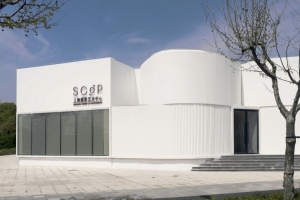
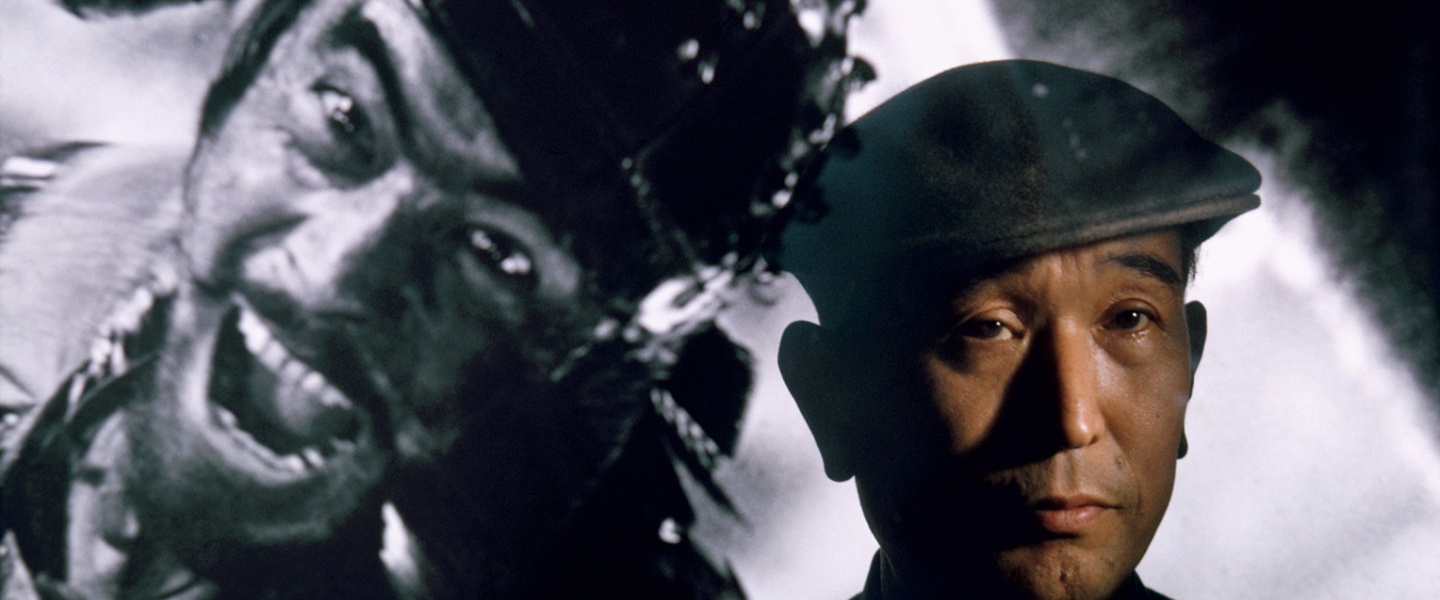
|
|
| Organizers: | Shanghai Center of Photography |
|---|---|
| Curator: | Ian Wedde |
| Exhibition Opening: | 4pm, 16 June, 2018 |
| Exhibition Dates: |
17 June to 9 September, 2018 |
| Address: | SCoP, 2555-1 Longteng Avenue, Shanghai |
| Ticket: | ¥40 / Student Price: ¥30 |
The launch of Life magazine in 1936 set the stage for a hugely influential approach to using and seeing photographs: the photo essay came to dominate – and direct – the social, economic, and political narratives that underscored the 20th century. So much so that, today, images as "the photograph" are an essential tool for conveying all manner of scenes, incidents, stories of daily life, human experience and personas. "Double Take" presents the work of two exemplary, and hugely influential 20th-century photo essayists, the documentary photographers Brian Brake and Steve McCurry. Both Brake and, twenty years later, McCurry made their reputations as visual storytellers providing eyewitness accounts of great events.
The career of New Zealand-born Brian Brake (1927 – 1988) was launched in 1957 with a first photo essay on China – a second followed in 1959 with Brake the only Western photographer present to cover the tenth anniversary of the People’s Republic of China in Beijing. The work of American Steve McCurry (1950 – ) became a regular feature of National Geographic from the early 1980s, following the first publication in the New York Times in 1979, of his photograph of the war in Afghanistan. Both men photographed the Indian monsoon — Brake in 1960, McCurry in 1983-1985 — which is where this exhibition begins.
"Double Take" also considers the work of these two renowned photographers from a contemporary perspective, raising critical issues about the West’s historical fascination with "exotic Asia". What deeper stories are revealed by rereading these photographs today?
"Double Take" was initially developed from a proposal by New Zealand photography collector Jonathan Flaws to mark the sixtieth anniversary of Asia Society, New York. It was organized and first presented at the Society’s Hong Kong branch in 2016, and subsequently, under the auspices of the Auckland Arts Festival, at Te Uru Waitakere Contemporary Gallery, New Zealand, in 2017. All three iterations are curated by Auckland-based independent curator Ian Wedde, formerly Head of Art and Visual Culture at The Museum of New Zealand Te Papa Tongarewa 1994-2004.
Brain Brake: Brake was a master of early 35mm color film technologies. He was born in 1927 in Wellington, New Zealand, and was raised in the South Island where his boyhood photographs were of the spectacular local scenery. From 1945 to 1948, he worked in the studio of the portrait photographer Spencer Digby and was awarded an Associate of Britain’s Royal Photographic Society (ARPS) in 1947. From 1948 to 1954 he worked for New Zealand’s National Film Unit as a film cameraman and director. This training gave him a command of lighting and of narrative. After moving to London in 1954, he joined the Magnum Photo collective in 1955 and became an Asia specialist for the agency in 1956. His work in China in 1957, and as the only independent non-communist photographer at the tenth anniversary celebrations of the Peoples’ Republic in 1959, made him one of the most sought-after photojournalists of his time.
His Monsoon photo-essay for Life magazine in 1961 was published in a dozen major international magazines — the photograph of “Monsoon Girl” (Aparna das Gupta) became world-famous. Brake left Magnum in 1967 and began to shift his emphasis towards books and film, and away from photojournalism for magazines such as Life.
Brake was based in Hong Kong from 1962 until 1976 and established his film company, Zodiac, there. Much of his later work in Asia involved photographing Asian works of art for publications such as (with William Warren) The house on the Klong: The Bangkok home and Asian Art Collection of James Thompson (Weatherhill, New York, 1968) and The Sculpture of Thailand (The Asia Society, New York, 1972). He returned to live in New Zealand in 1976 and continued to work until his death in 1988.
Steve McCurry: Steven McCurry has been one of the most iconic voices on contemporary photography for more than thirty years, with scores of magazine and book covers, over a dozen books and countless exhibitions around the world to his name. Born in a suburb of Philadephia, Pennsylvania; McCurry studied film at Pennsylvania State University, before going on to work for a local newspaper. After several years of freelance work, McCurry made his first of what would become many trips to India. Traveling with little more than a bag of clothes and another of film, he made his way across the subcontinent, exploring the country with his camera.

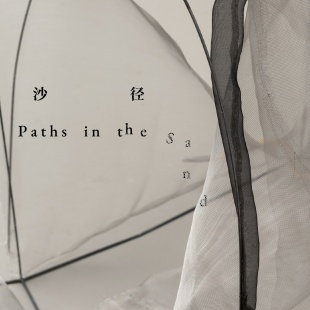
Hu Xiaoyuan: Paths in the Sand
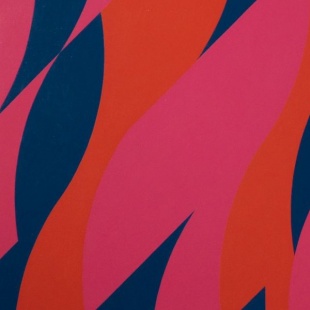
Women in Abstraction
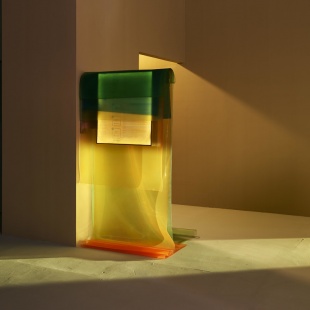
Chen We: Make me illusory
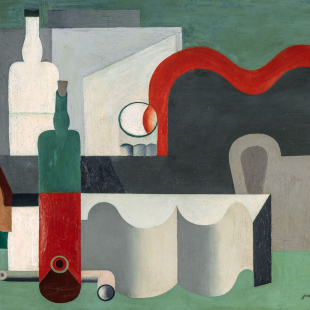
The Voice of Things-Highlights of the Centre Pompidou Collection vol.II
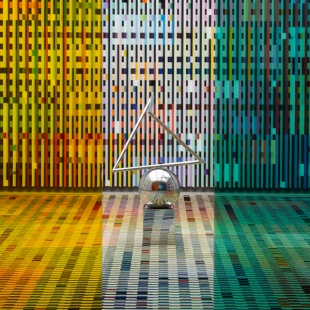
Living Images
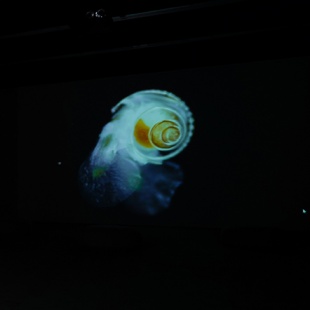
Laurent Grasso
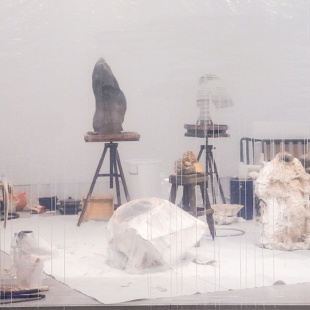
Yu Ji Spontaneous Decisions II
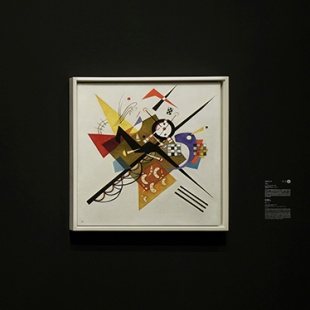
Kandinsky The Pioneer of Abstract Art
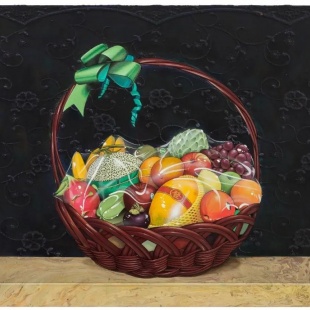
Chen Fei: Morning Market
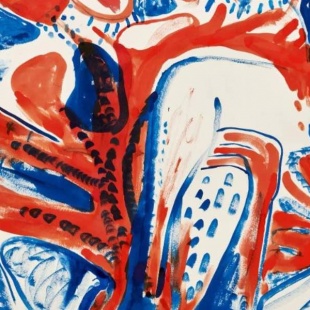
Works on Paper
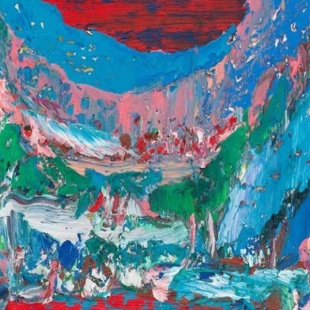
Yin Zhaoyang: A Vast History
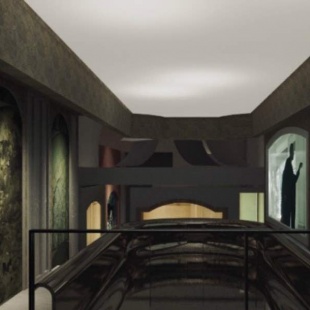
Sheng Zhang-Solo Exhibition of Chen Yujun